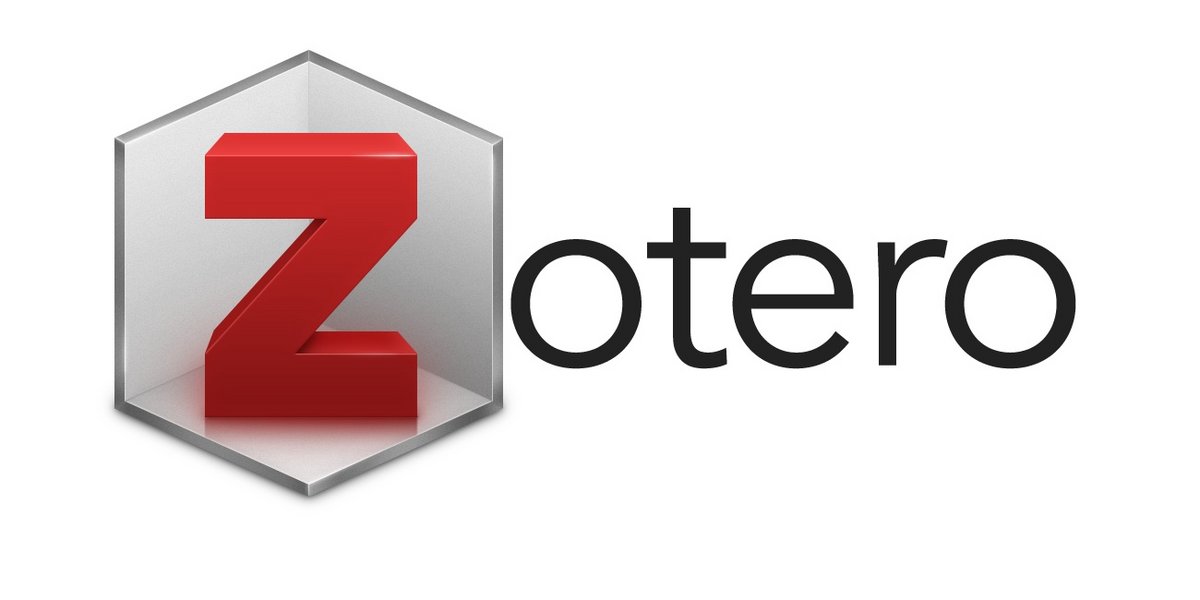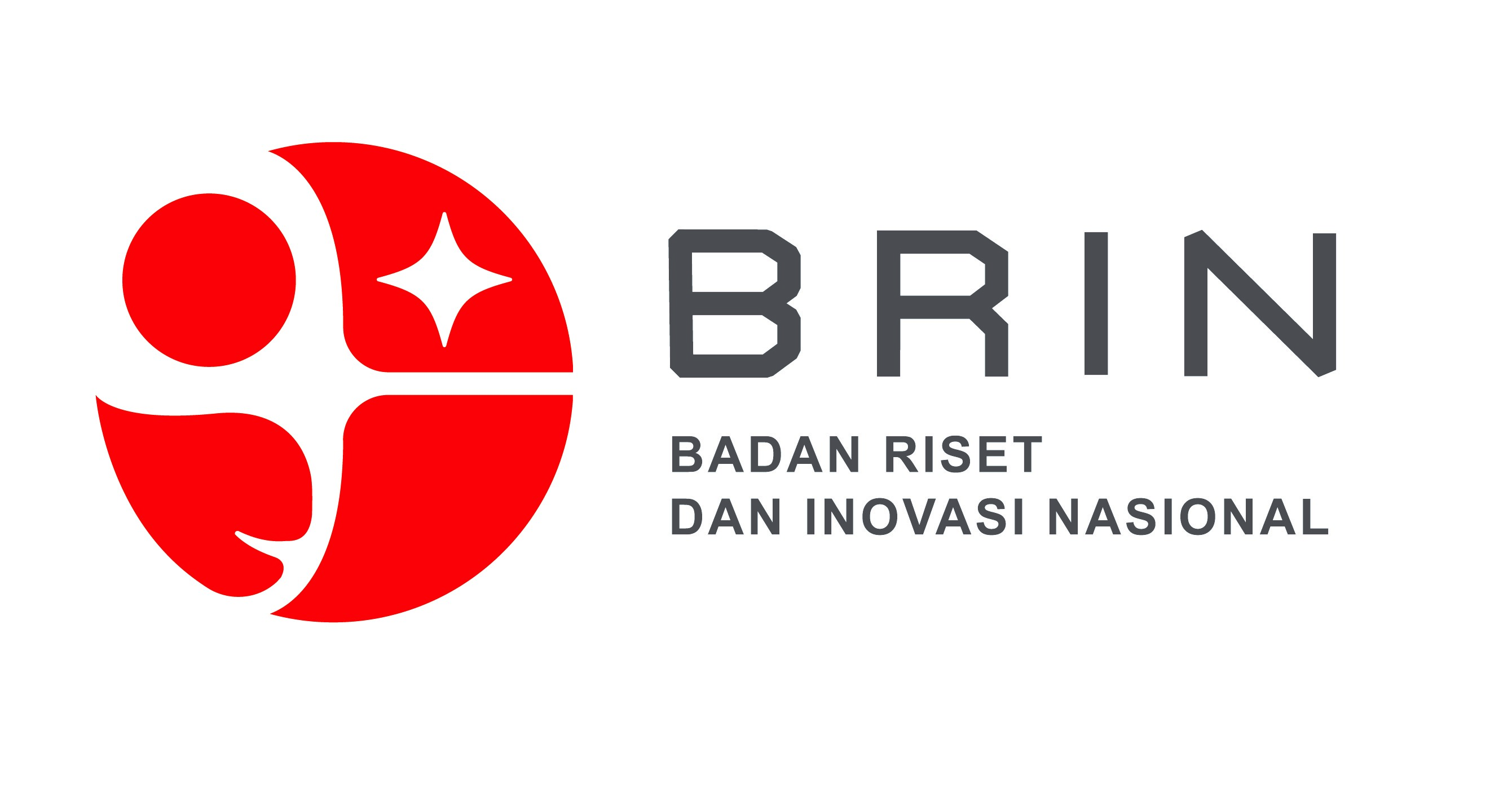DETERMINAN YANG MEMPENGARUHI KEJADIAN DIABETES MELITUS TIPE 2
Keywords:
DM, T2DM, BGLAbstract
Background: Diabetes mellitus (DM) is included in the list of health problem the highest number of patients today.The world community who have DM disease is around 422 million in 2014. The most affected countries are underdeveloped countries, including Indonesia. Based on research by the International Diabetes Federation (IDF), there will be an increase in DM from year to year. So there will be many who suffer from DM. DMT2 is a long-term metabolic disorder characterized by increased blood glucose levels (BGL) caused by damage to pancreatic beta cells and can occur because patients are obese. The clinical symptoms of DM are excessive appetite, excessive thirst and an inappropriate urge to urinate and sudden weight loss. Of the many types of DM, the one with the most sufferers is Diabetes Mellitus Type 2 (T2DM). T2DM occurs due to multiple etiologies. Age factor can also cause T2DM because insulin production has decreased so that BGL can increase and cause T2DM.
Method : The research method used is Literature research, using secondary data. The data are combined using documentation techniques. The medical journals used were 5 journals in accordance with the Indonesian language inclusion criteria, with the research subjects of T2DM patients, and full text publications.
Result : There is a assosiation between BGL, BMI, HbA1C, and genetics on the incidence of T2DM .
Conclusion: There is an assosiation between BGL, blood pressure, BMI, HbA1C, and genetics on the incidence of T2DM.
References
Adikusuma, W., & Qiyaam, N. (2017). Antidiabetik Oral Terhadap HbA1C Pada Penderita DM. Jurnal Ilmiah Ibnu Sina, 2(2), 279–286.
Arisandi, R., Himayani, R., Maulana, M., Kedokteran, F., Lampung, U., Ilmu, B., … Lampung, U. (2018). Korelasi Kadar HbA1c dengan Angka Kejadian Retinopati Diabetik pada Penderita DMT2 yang Ikut Prolanis di Puskesmas Kedaton Kota Bandar Lampung The Relationship HbA1c Levels and The Incidence of Diabetic Retinopathy in Patients with Ty. Majority, 7(3), 17–23.
Betteng, R., & Mayulu, N. (2020). Analisa Faktor Resiko Yang Menyebabkan DMT2 Pada Perempuan Usia Produktif di Puskesmas Wawonasa. EBiomedik, 2(2).
Damayanti, S. (2015). Senam DM Dengan KGD, Kadar Kolesterol Dan TD Pada Klien DMT2 Di Grup Persadia RS Jogja. Jurnal Medika Respati, 10(April), 76–88. Retrieved from http://medika.respati.ac.id/index.php/Medika/article/ view/89
Decroli, E., Kam, A., Efendi, Y., Decroli, G., & Rahmani, A. (2019). DMT2. Majalah Kedokteran Indonesia 58 , 1(3). https://doi.org/10.1088/1751-8113/44/8/085201
Fatimah, R. N. (2015). DMT2. J Majority, 5(4).
Kemenkes RI. (2018). Hasil Utama Penelitian Riskesdas 2018. Diakses dari https://www.litbang.kemkes.go.id/hasil-utama-riskesdas-2018/
Koampa, P. H., & Pandelaki, K. (2016). Korelasi IMT dengan profil lipid pada pasien DMT2. Publication ethics, 4(1).
Manungkalit, M., Kusnanto, K., & Purbosari, A. (2015). Korelasi Lingkar Pinggang Dengan Faktor Risiko DM (Tekanan Darah, KGD, dan IMT) Pada Usia Dewasa Awal di Wilayah Kecamatan Gerih Kabupaten Ngawi (Correlation Between Waist Circumference and Diabetes Mellitus Ris. Jurnal Ners Lentera, 3(1), 21–30.
Nurayati, L., & Adriani, M. (2017). Korelasi Aktivitas Fisik dengan KGD Puasa Pasien DMT2. Amerta Nutrition, 1(2), 80. https://doi.org/10.20473/amnt.v1i2.6229
PERKENI. (2015). Konsensus Pengelolaan dan Pencegahan DMT2 di Indonesia 2015. Diakses dari https://caiherang.com/wp-content/uploads/2019/10/Konsensus-DMT2-Perkeni-2015.pdf
Pratama et. al. (2019). Korelasi KGD dengan hipertensi pada penderita DMT2 di RSUP Sanglah. Intisari Sains Medis, 10(3), 797–800. https://doi.org/10.15562/ism.v10i3.482










